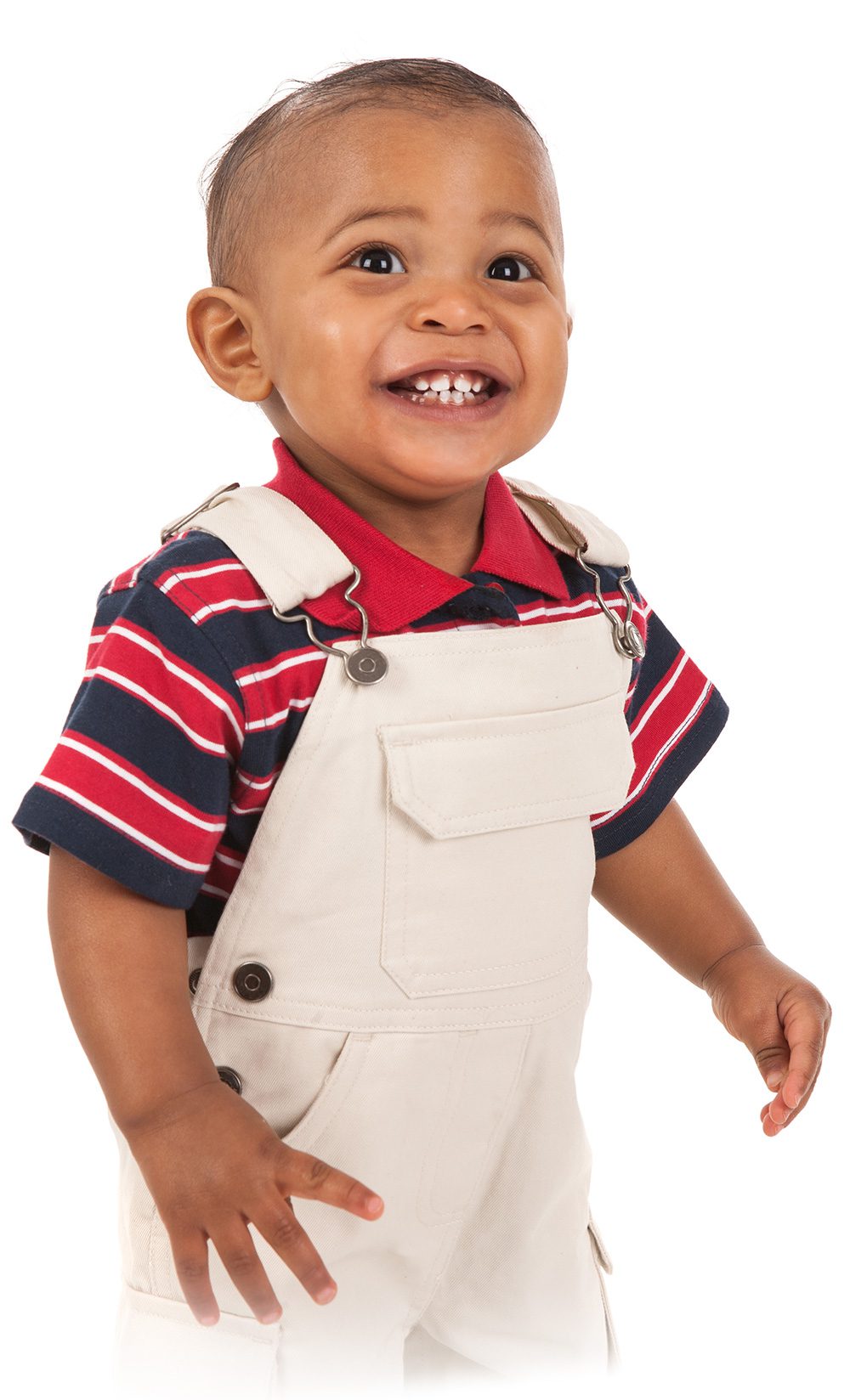Spatial Instruction in Preschool
Spatial skills are essential for everyday functioning in the world (e.g., packing a car trunk, cutting pizza slices), as well as for success in the STEM disciplines (Science, Technology, Engineering, and Math). In collaboration with researchers at the University of Delaware, we are studying how to best help preschoolers get an early start on building these important skills.
Over the course of three studies, we are examining the effectiveness of various techniques that an adult might use to teach spatial skills to preschoolers: (1) modeling & feedback, (2) gesture, or (3) spatial language. Additionally, we are interested in observing how the effectiveness of these approaches is influenced by different instructional delivery methods: digital (e.g., using an app on a tablet computer) versus concrete materials (e.g., using foam shapes that can be manipulated by hand). With the increasing use of digital technologies in modern society, it is important to understand the circumstances in which these technologies are better, worse, or just as good as more traditional teaching tools. In each study, we work with children over the course of seven weeks. In the first week, researchers assess the children’s baseline spatial and mathematics skills, as well as their vocabulary knowledge. During the following five weeks, children are taught about spatial concepts using one of the three approaches (modeling & feedback, gesture, or spatial language) and one of the two delivery methods (digital or concrete). After the period of training is over, we re-assess the children’s spatial, mathematics, and vocabulary skills to examine what effect, if any, the instruction had on their abilities.
In the long term, we believe that identifying the most effective approaches to spatial instruction will allow the creation of interventions that will improve children’s spatial thinking and better prepare them for success in cutting those pizzas, as well as formal STEM pursuits. This research is supported by a federal grant from the Institute of Education Sciences (IES).
POSTER: Bower, C., Zimmermann, L., Verdine, B., Foster, L., Islam, S., Golinkoff, R. M., Hirsh-Pasek, K. (2019, March). Longitudinal Effects of Spatial Training on Preschoolers’ Spatial and Math Outcomes. Poster presented at the Biennial Meeting of the Society for Research in Child Development. Baltimore, MD.
POSTER: Vu, L., Bower, C., Evans, N., Zimmermann, L., Verdine, B., Foster, L., Islam, S., Golinkoff, R. M., Hirsh-Pasek, K. (2019, March). Growth Curve Modeling of Preschoolers’ Spatial Skills during Spatial Training. Poster to be presented at the Biennial Meeting of the Society for Research in Child Development. Baltimore, MD.




